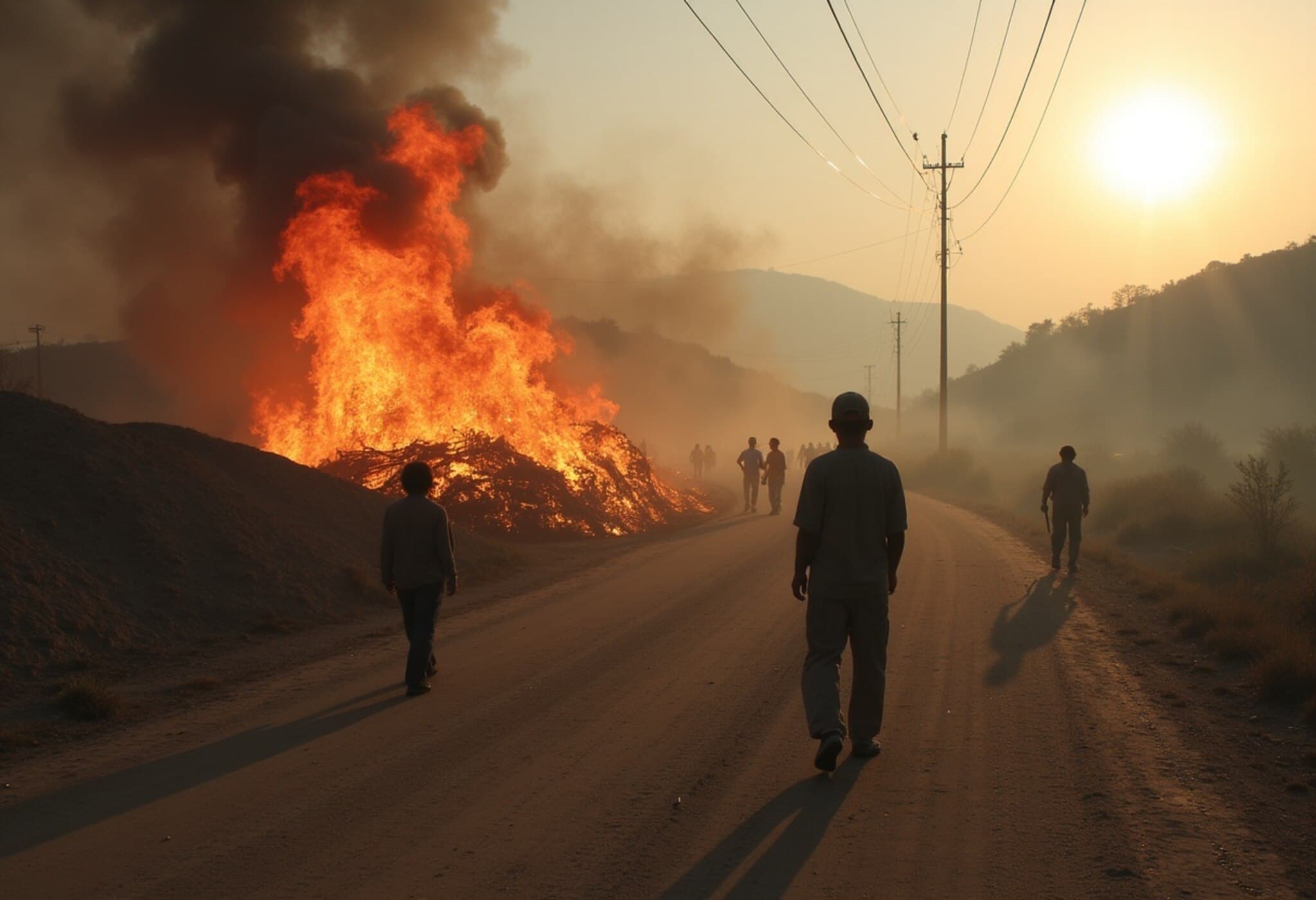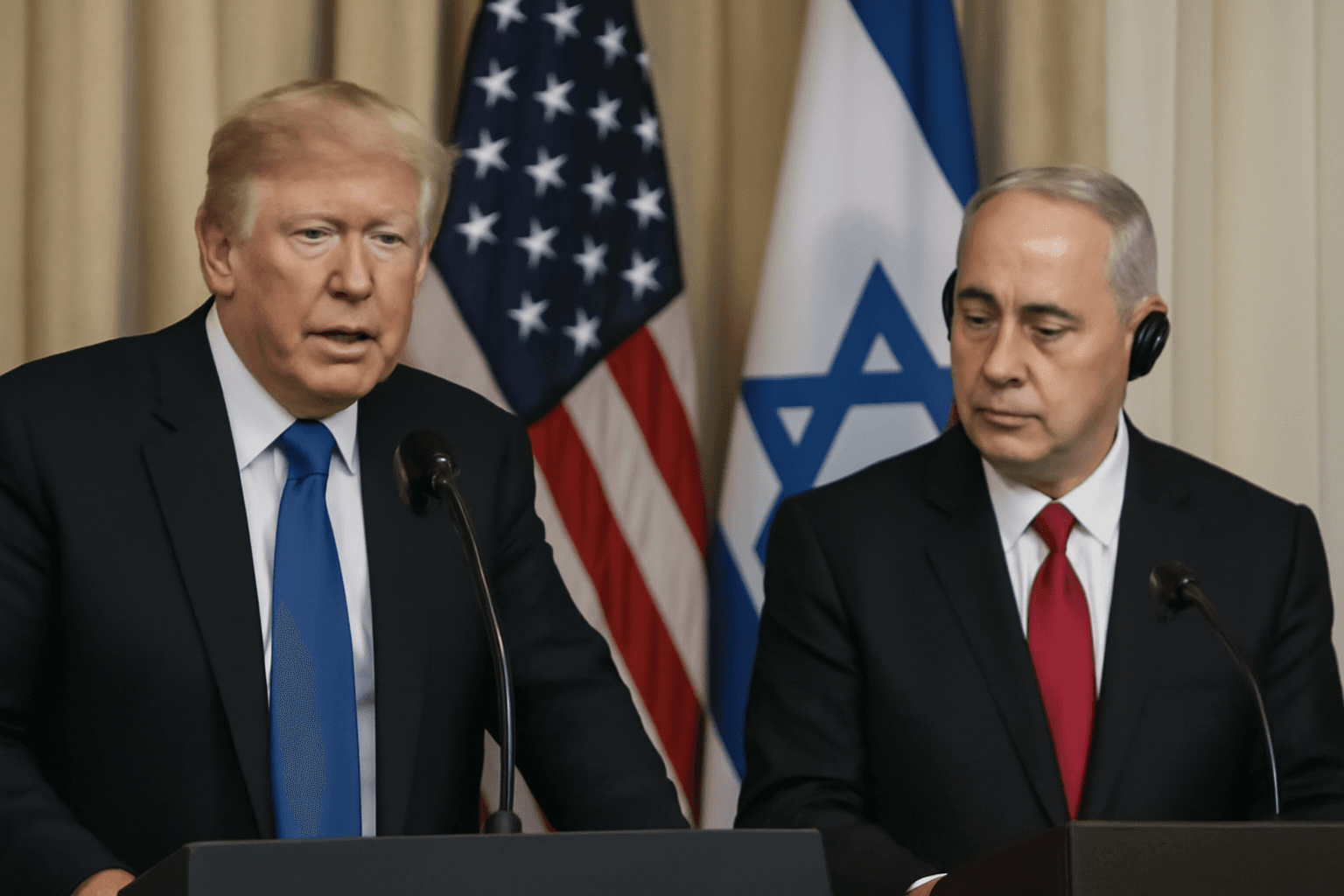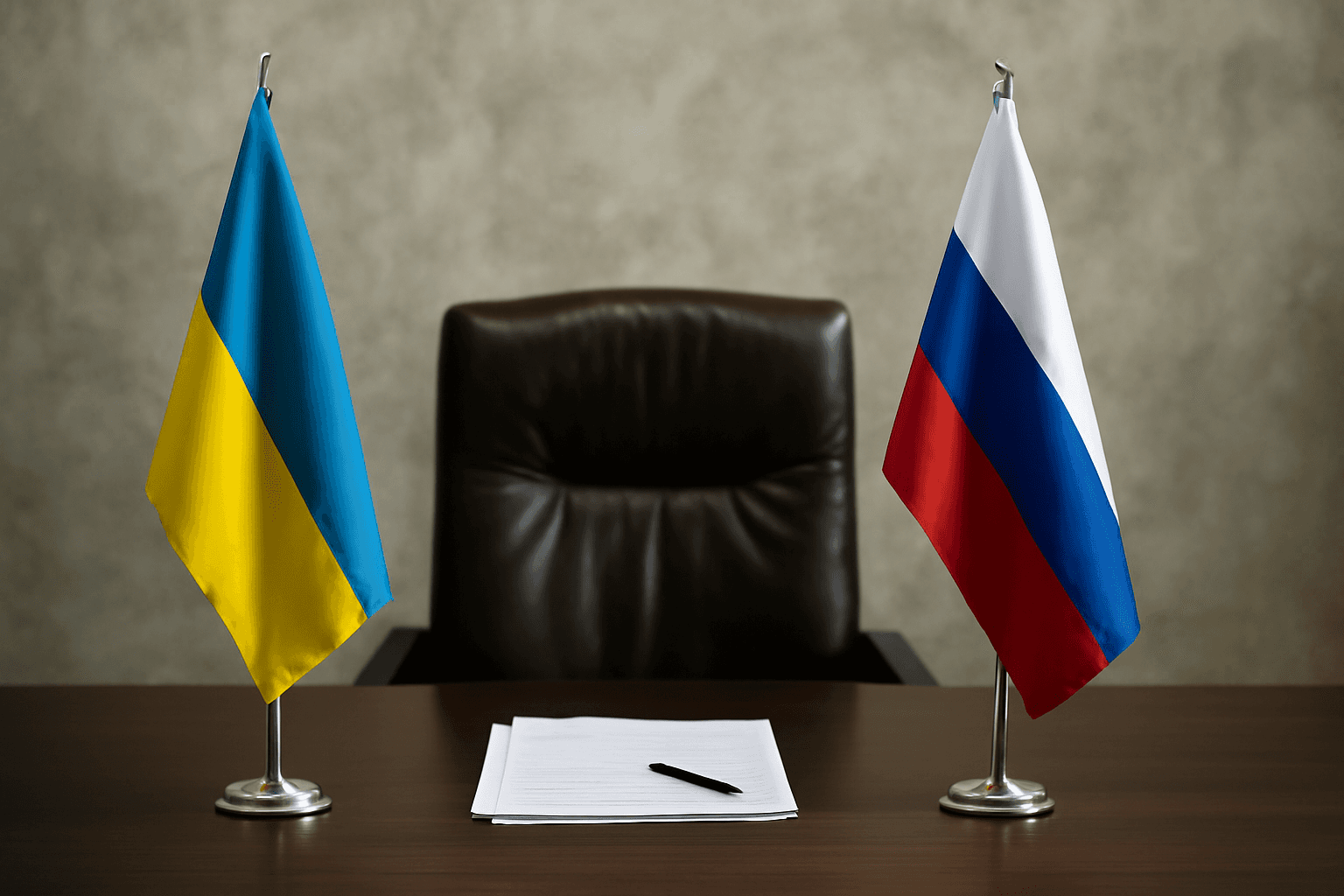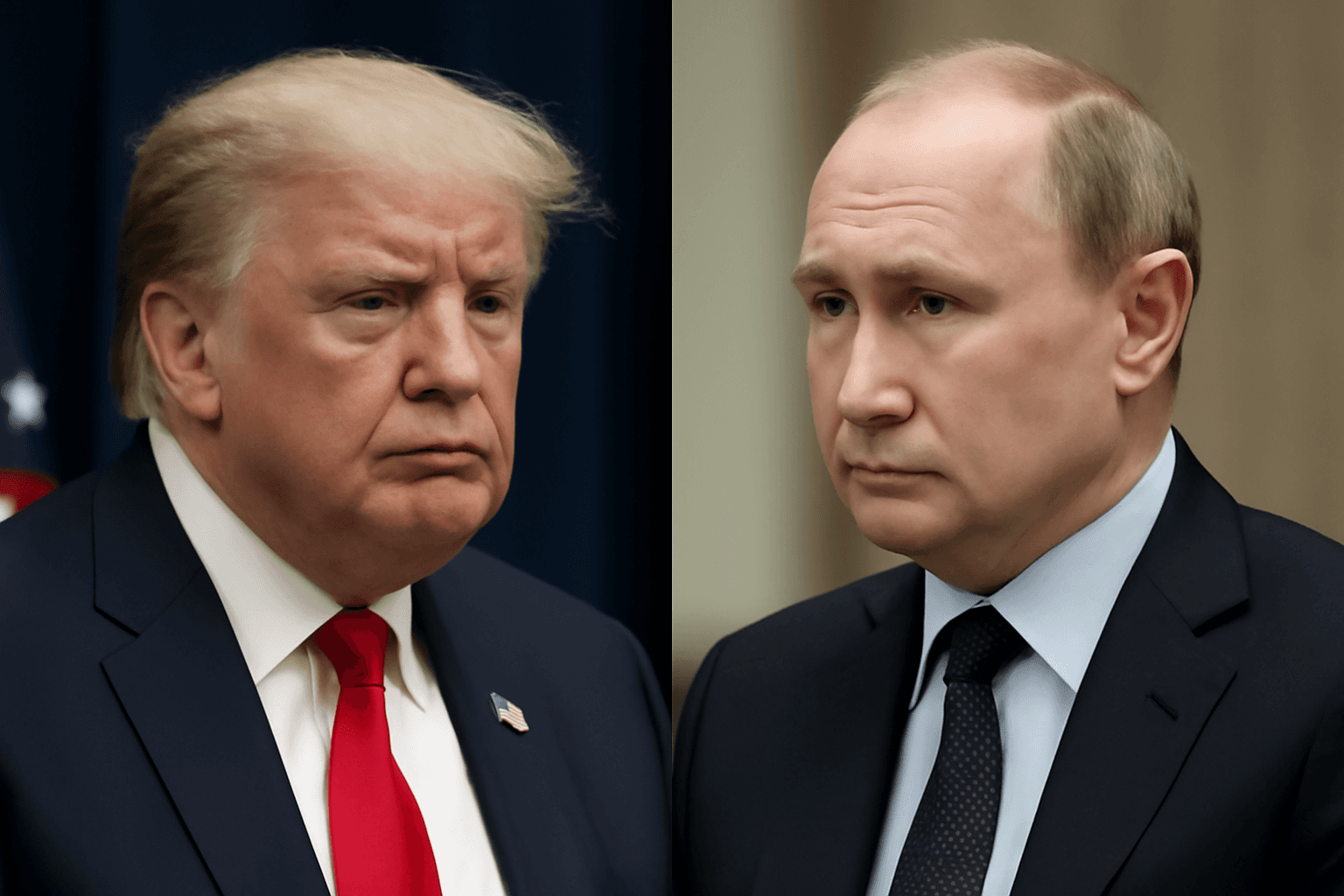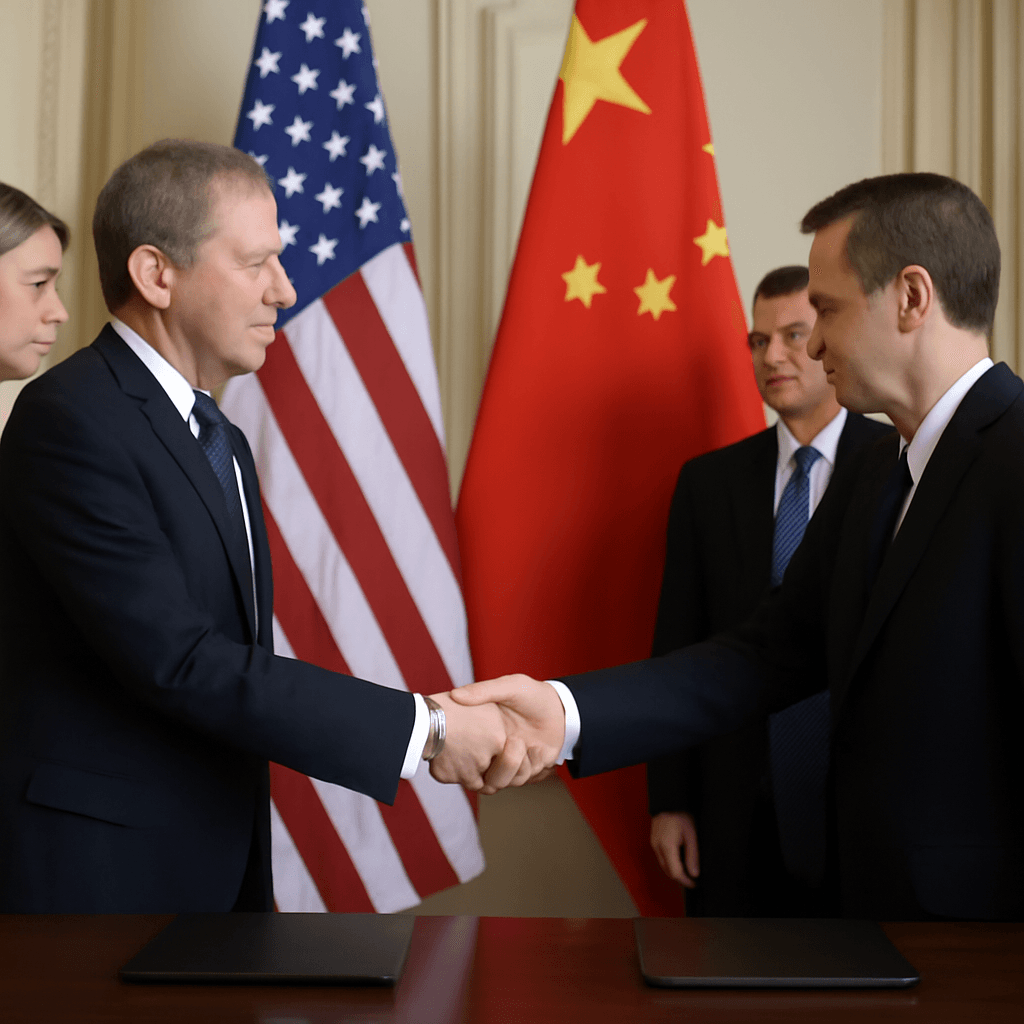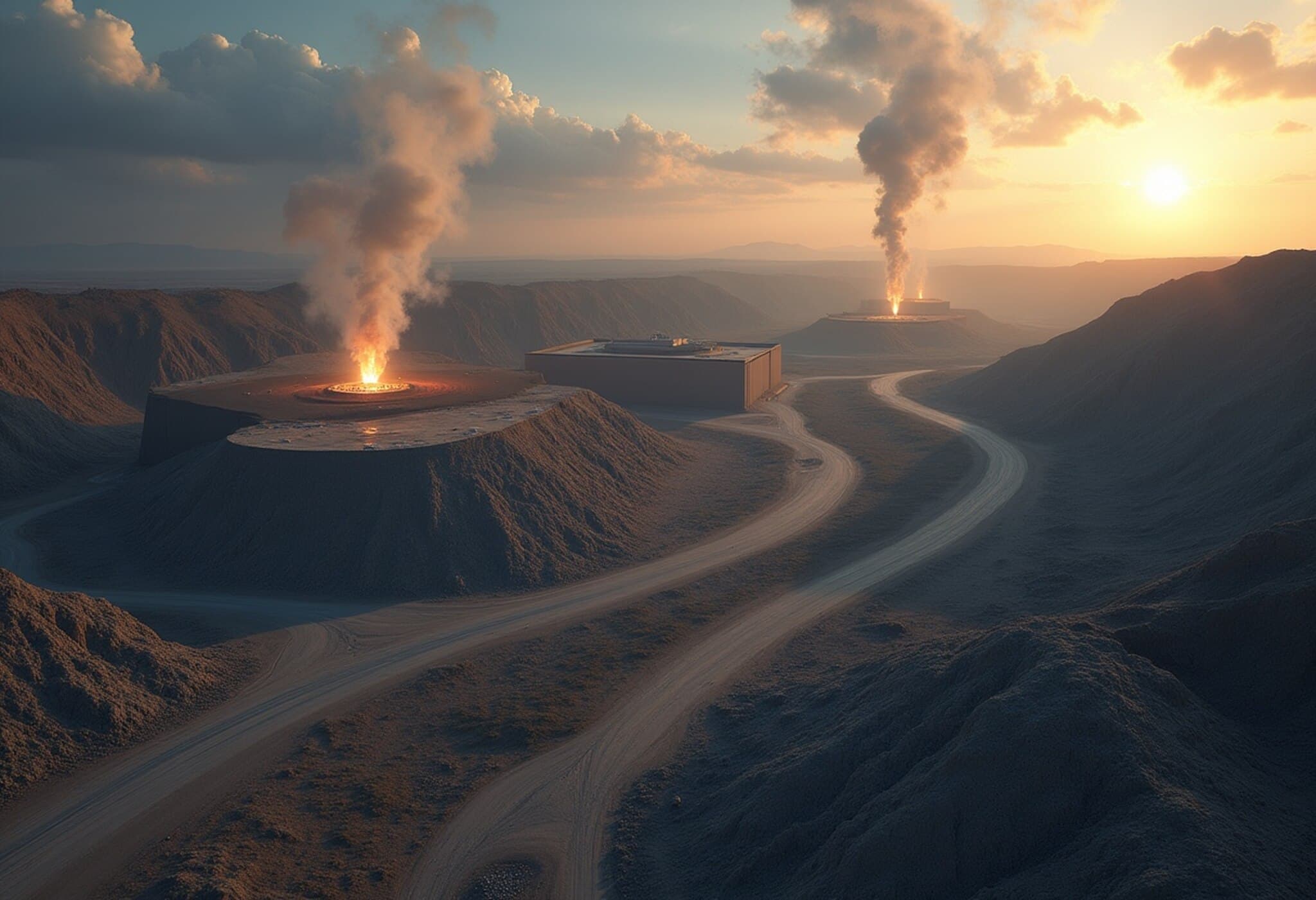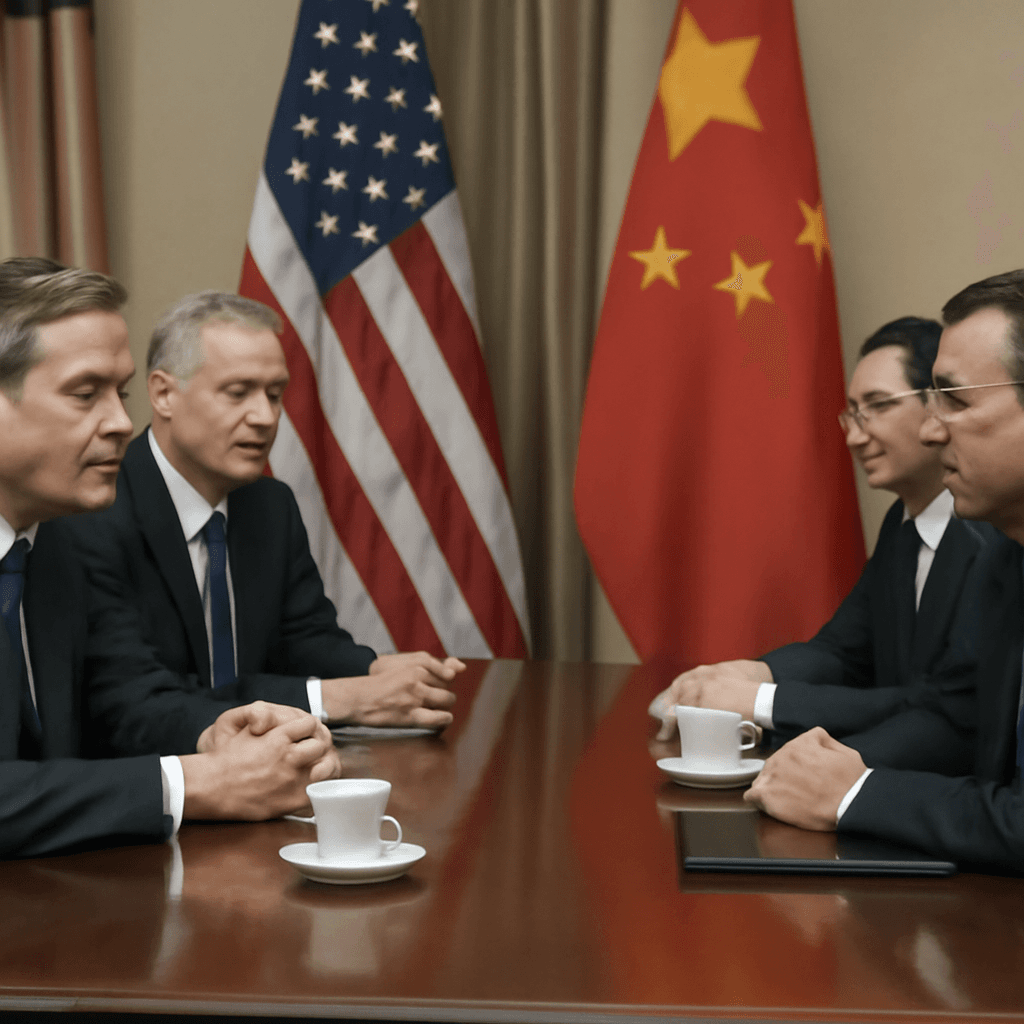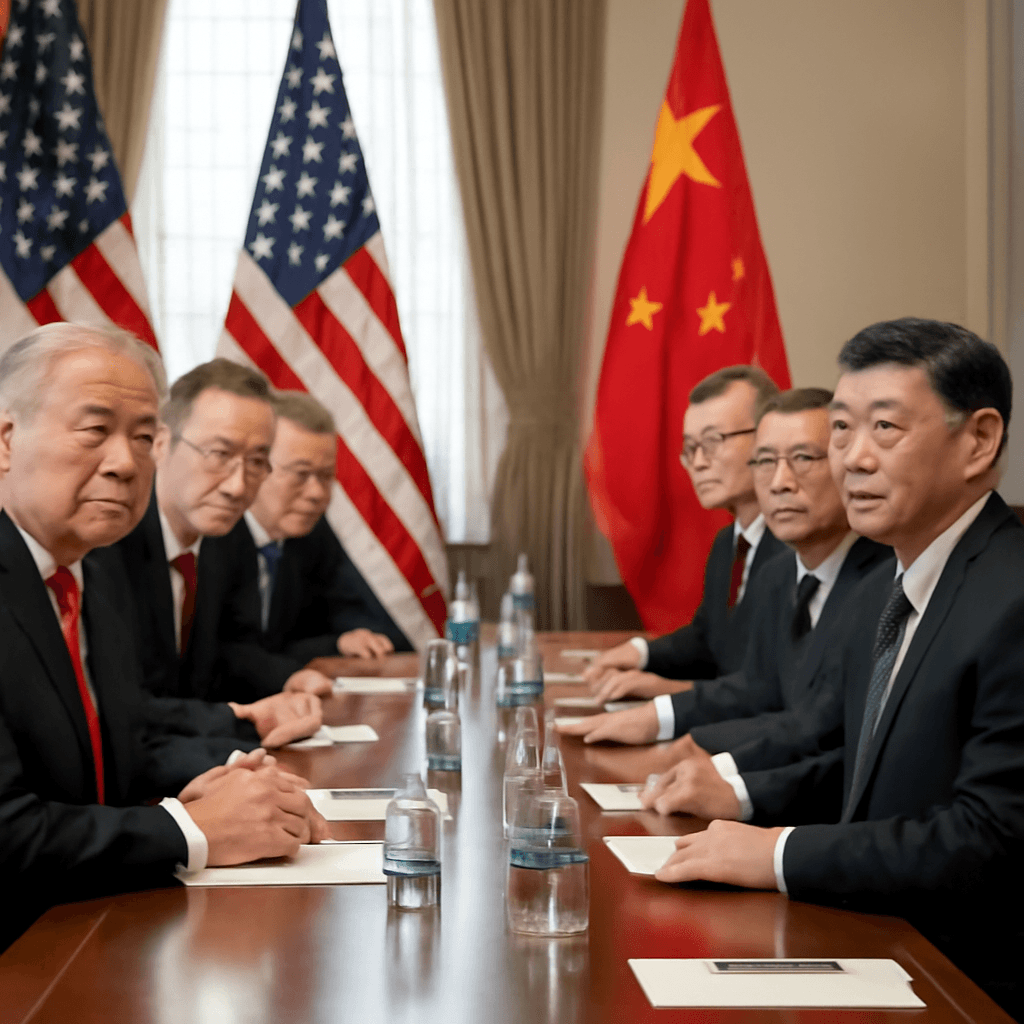Conflict in Kachin State Threatens Half of Global Heavy Rare Earth Supply
The simmering clash between the Chinese-backed Myanmar military junta and the Kachin Independence Army (KIA) in northern Myanmar’s Kachin state has escalated into a high-stakes confrontation with profound global economic implications. Kachin is home to nearly 50% of the world's heavy rare earth minerals—key components for technologies powering electric vehicles and wind turbines.
Strategic Importance of Bhamo and Rare Earths
At the heart of this conflict lies the strategically significant town of Bhamo, situated less than 100 kilometers from the Chinese border. The mines north of Bhamo produce critical heavy rare earths such as dysprosium and terbium, which are predominantly exported to China for processing. China's near-monopoly on rare earth processing transforms these raw minerals into magnets essential for modern green technologies.
China’s Geopolitical Leverage and the KIA
Reports reveal that Beijing has applied diplomatic pressure on the KIA, threatening to halt the purchase of rare earths sourced from territories under KIA control if the militia continues their offensive to seize full control of Bhamo. This ultimatum, reportedly delivered in May 2025, underlines China's intent to use its dominance in the rare earth sector as a tool to safeguard economic interests and stabilize the region for its strategic benefit.
A KIA official, speaking anonymously due to the sensitivity of the issue, disclosed that Chinese negotiators offered incentives such as enhanced cross-border trade if the KIA halted its advance on Bhamo, warning of an economic blockade if the offer was rejected. This complex dynamic highlights China's balancing act—seeking to calm conflict without forcibly ending it to ensure uninterrupted resource extraction.
Kachin Independence Army: Fighters for Autonomy and Control
Established in 1961 to champion autonomy for Myanmar’s Kachin ethnic minority, the KIA has grown into one of Myanmar’s most formidable rebel groups. Their control over the main rare earth belt, gained in October 2024, allowed them to increase taxing on mining operations, throttling mineral production and triggering price surges. Despite China’s warnings, the KIA remains resolute, confident that Beijing’s hunger for rare earths will temper its threats.
Impact on Global Supply Chains
Heavy rare earth exports from Myanmar to China have already declined sharply in 2025, with Chinese customs data showing a nearly 50% drop from the previous year’s figures in the first five months. Supply disruptions threaten to ripple across global markets, where rare earth stocks outside China remain fragile.
Neha Mukherjee, an expert at Benchmark Mineral Intelligence, warns that a prolonged disruption could trigger a global deficit of these critical minerals, potentially spiking prices and complicating the transition to green technologies worldwide.
The Human Toll and Military Realities
While economic interests drive much of the international focus, the human cost in Bhamo is mounting. The junta, retaining air superiority, has unleashed relentless airstrikes on KIA-controlled areas, devastating civilian infrastructure and causing casualties—including children. Local activists highlight shortages of essential commodities like fuel and medicine due to restricted cross-border movement, underscoring the conflict’s humanitarian dimension.
The battle, ongoing since late 2024, has already depleted KIA's resources and imposed hundreds of casualties, according to military analysts. Yet, the KIA believes control of Bhamo could swing momentum, compelling Beijing to negotiate directly with the ethnic army, potentially sidelining the junta and redefining Myanmar’s power landscape.
Expert Analysis: What Lies Ahead?
David Mathieson, a Myanmar analyst, interprets China's stance as pragmatic—it aims not to quell the civil war outright but to limit disruption to its economic corridors. This case exemplifies how China leverages resource dependencies to influence regional conflicts, a tactic increasingly relevant in geopolitical power plays worldwide.
For the United States and international stakeholders focused on supply chain resilience and human rights, the conflict raises critical questions about over-dependence on China for rare earth processing and the consequences of geopolitical flashpoints on global sustainability goals.
Looking Beyond the Conflict
- How might global industries diversify rare earth sources to mitigate geopolitical risks?
- What mechanisms could the international community deploy to support peaceful resolutions in resource-rich conflict zones?
- How are local populations’ welfare and autonomy weighed against strategic economic interests?
These unanswered questions underscore the complexity of bridging economic security, geopolitical strategy, and human rights amid fierce regional conflicts.
Editor’s Note
The ongoing battle for Kachin's rare earth resources is a poignant reminder that global green technology ambitions—and the geopolitical chess played around them—often unfold on the ground amid human conflict and strategic contestation. While China’s leverage over rare earth processing shapes much of the narrative, the Kachin struggle reflects deeper issues of autonomy, resource control, and the human cost of economic power struggles. As the world pursues decarbonization, understanding and addressing these layered challenges is critical for building truly sustainable and equitable supply chains.

